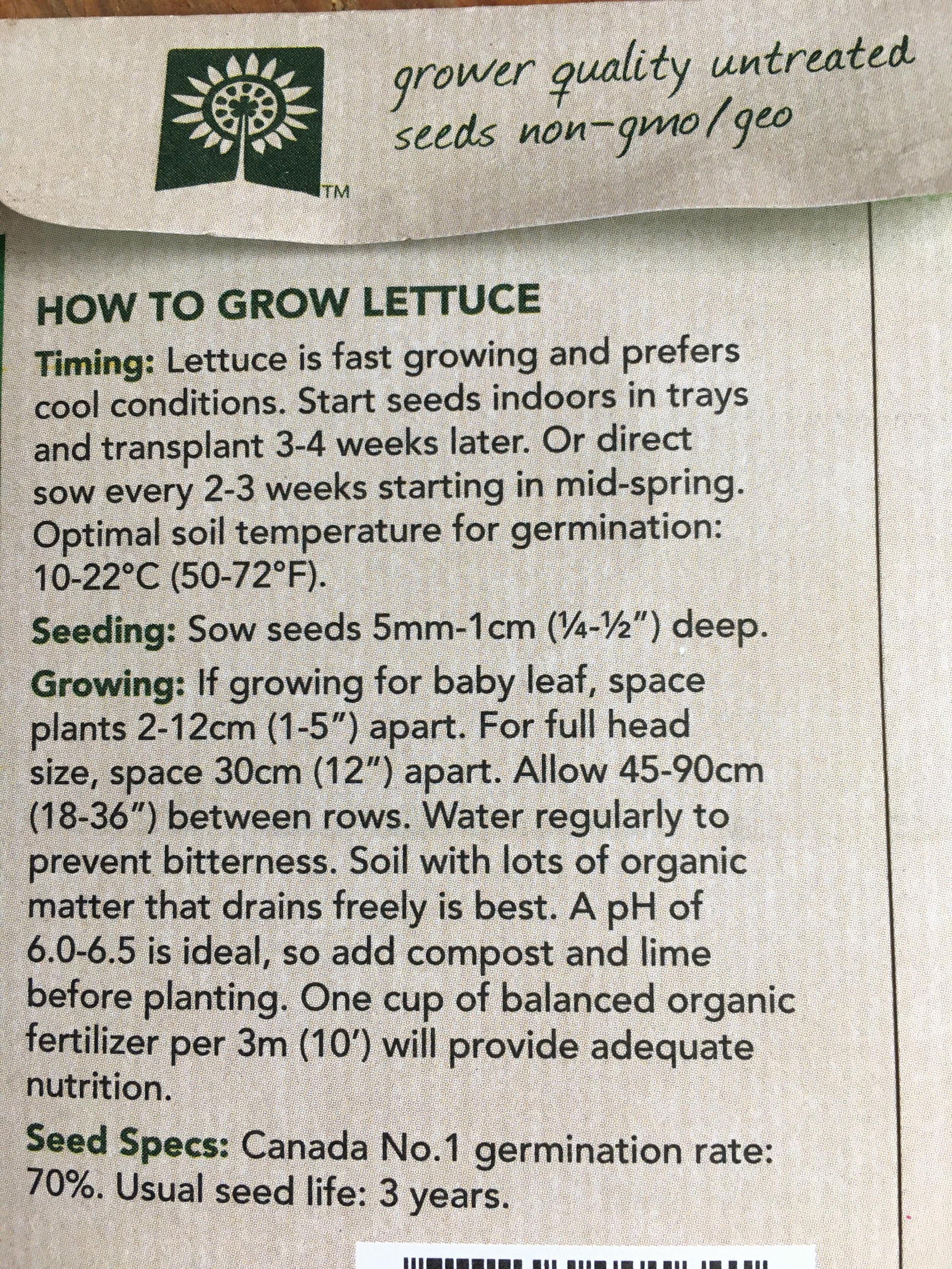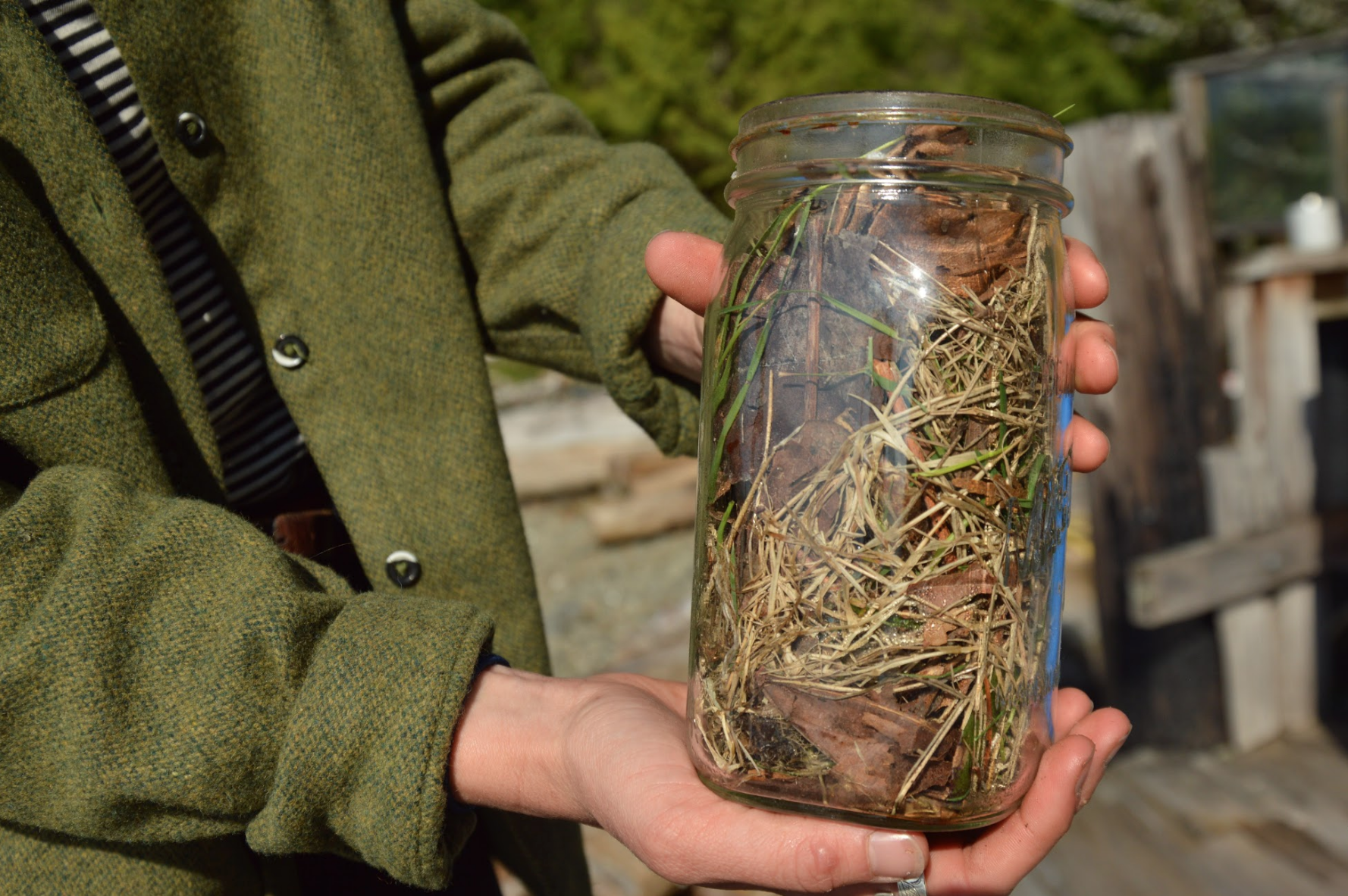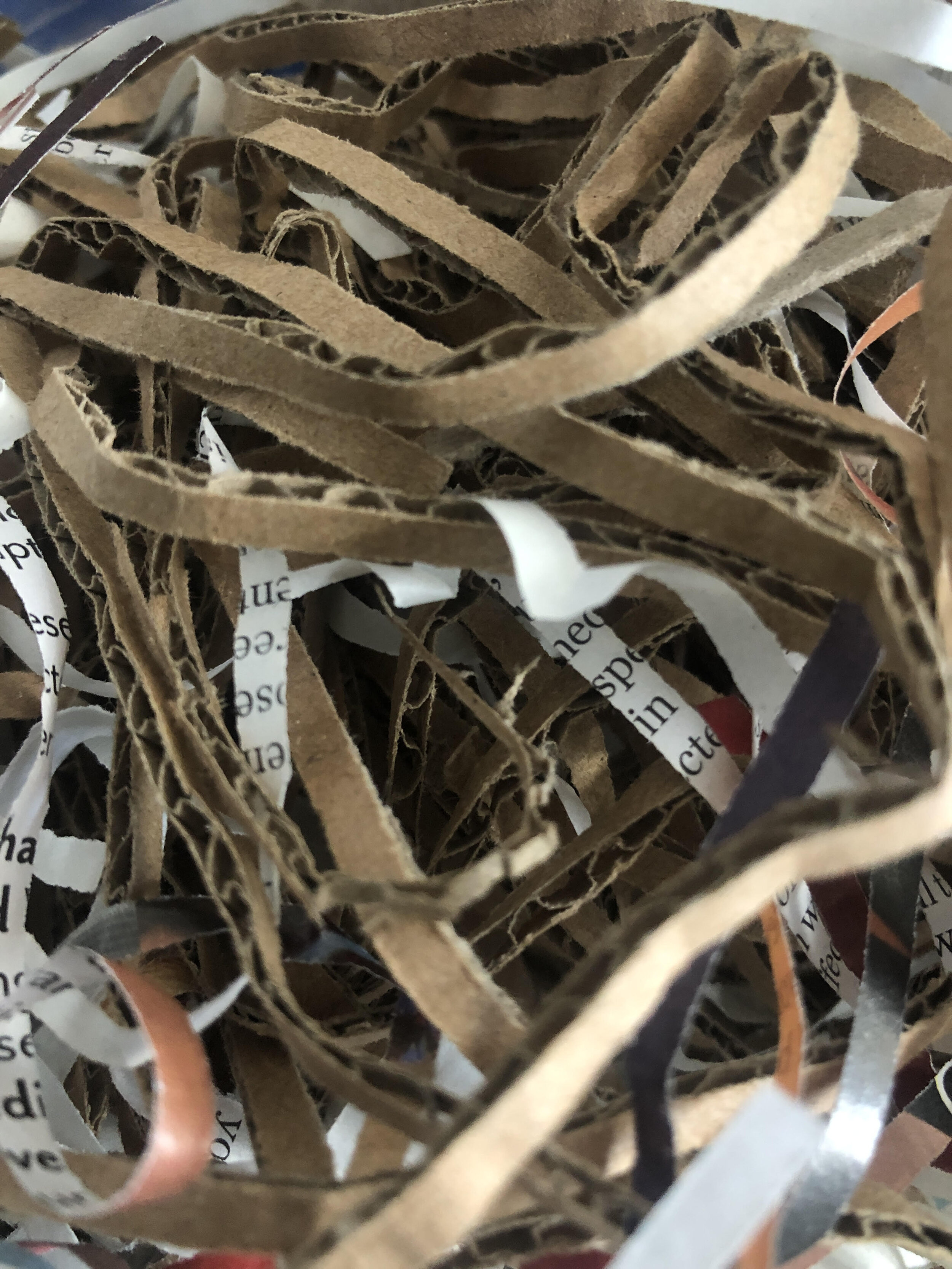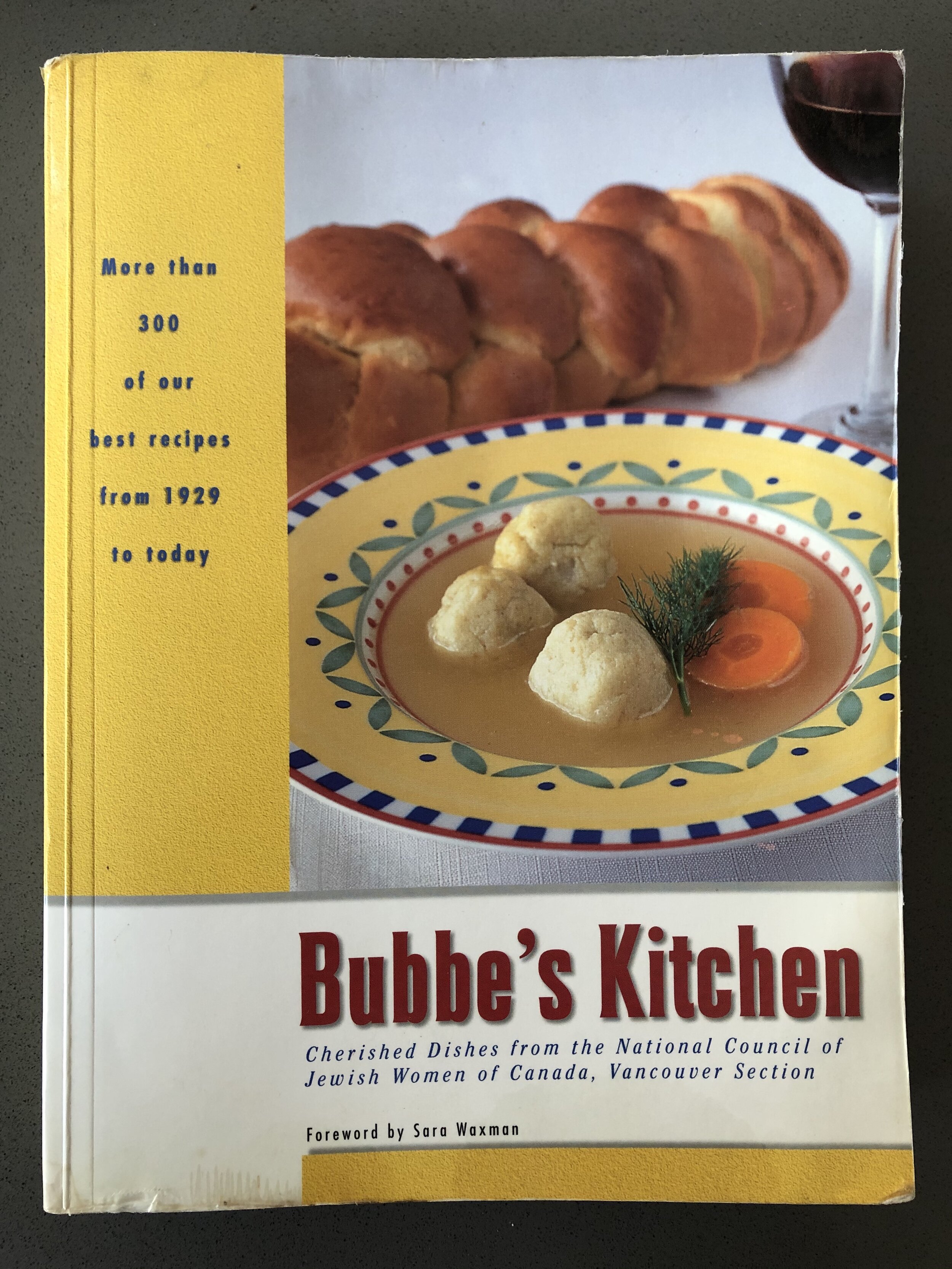Afton and Penny are back to talk all about salad! In this week's lesson you will learn what a recipe is, how to make a salad dressing from scratch and how mustard works as a magic emulsifier. You will also learn how to put together a salad that is full of all the good stuff your body needs to stay healthy and energized.
For this lesson we recommend that kids and adults watch the video to get a basic idea of how a salad dressing and salad are made. Later, with the help of an adult, kids can make their own dressing and salad if they like. We have included our recipe for our Honey Vinaigrette and our recipe for Nutritious Salad below. These recipes will work with most types of vinegar, oil, greens and vegetables so use what you have at home and be creative. Please remember to closely supervise kids when they are working in the kitchen.
Related Activities:
Make a Salad at Home
Our recipes for A Nutritious Salad & Honey Vinaigrette Salad Dressing
Parts of a Recipe Video and Worksheet
Get familiar with the different parts of a recipe by matching each recipe section to the correct title in this cut and paste puzzle exercise.
Choose Your Own Adventure Recipe: Salad Dressing Worksheet
Read: The Secret Weapon
Thank you for joining us in the kitchen today. We hope you enjoy this tasty lesson! You can find this new online content here on our website, and we are making announcements about it on our social media (Facebook, Twitter, Instagram).
Thank you so much for your patience while we reinvent ourselves and our programs.













































